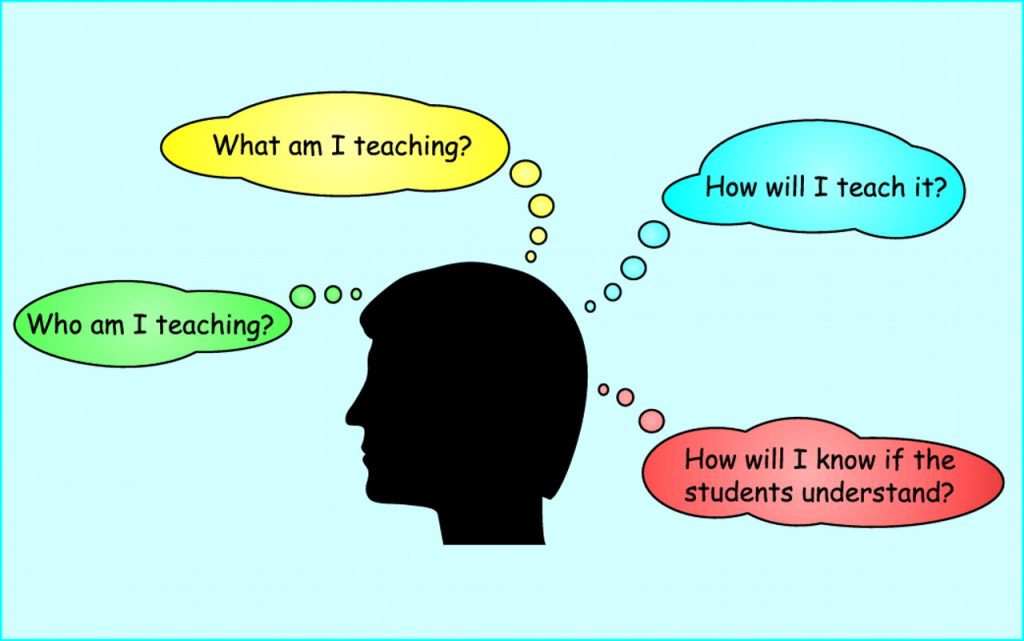Wondering how to write a lesson plan? After spending many years in a classroom where they have absolute control of the rules of the room, teaching style, schedule, decoration, and the creation of lesson plans becoming a substitute teacher is a large challenge for many people.
Lessons plans are vital instruments for substitute teachers. They tell you how much time you should dedicate to each activity and which teaching strategies will best facilitate the students’ learning. Some teachers even leave seat arrangements, phone numbers to other teachers, the names of helpful students, and a list of situations to avoid.
But, what happens when you are called to substitute for a class, and the teacher was unable to leave a lesson plan or any other useful information that could help you get through the day?
Coming up with a great lesson plan is difficult, especially for substitute teachers. For this reason, we wanted to share some tips with you on how substitute teachers can write a great lesson plan when preparing to take over a classroom.
-
Start with Your Goals
Even if you have plenty of practice writing lessons plans, it’s always hard to prepare to take over a classroom that was accustomed to another tempo and teaching styles than yours. Most teachers use backward planning to help them organize the classroom effectively. You can use this method for single lessons, as well.
Think about what you want the students to learn by the end of the classroom, then work backward to plan the lessons. Determine what needs to happen during the lessons for students to achieve this goal.
-
Plan Out Instructional Time
When it comes to teaching, timing is crucial. You need to estimate how much time each task will take and plan accordingly.
- Warm Up Activities
If you are a substitute teacher, you can use this time to review materials from a previous class. That way, you can determine how much your students know about the subject you are about to teach. However, don’t spend too much time warming up. This activity should only take about five minutes of your lesson.
- Introduction
A good introduction is essential to get the students’ attention, especially if you are a substitute teacher. This is the part of the lesson where you will do most of the talking, so it’s important to know what you’ll say. It can be helpful to have a script and write down what you plan to say during the lessons. Although, most of the times, you won’t use your script, writing down your ideas will help you figure out the best way of transmitting and explaining the information. Scripting is especially useful when teaching difficult topics – sometimes you don’t realize how confusing a concept is until you try explaining it to someone.
The introduction should take around 10 minutes of the class,
- Practice
This part of the lesson usually involves students working individually or in pairs. If you’re an English substitute teacher, for instance, you can ask students to practice the tenses, complete worksheets, or discuss the lesson with their colleagues and then present their conclusions. This activity should only take about ten minutes of the lesson, including going over the answers.
- Production
Now that the students practiced what they’ve learned during the lesson, it’s time to produce something using the new acquired information/skills. Instead of reading sentences, maybe they have to create sentences on their own or answer questions. This activity should also take around ten minutes.
- Review
The remaining five minutes of the class time should be used to review the lessons or to prepare students for the following lesson.
-
Anticipate Challenges
It can be difficult for substitute teachers to anticipate where a lesson might go wrong. Teachers who are accustomed to their students’ behavior can foresee potential challenges and plan for them in advance. That’s why it’s important for substitute teachers to be flexible and ready to adjust their lesson plans when needed. If students struggle to understand the topic, then it’s better to dedicate more time to instruction before moving on to practicing.
In addition to thinking about teaching strategies, it’s also important to come up with a management plan. Ask yourself, what would you do if a student repeatedly talks over you?
A great lesson plan can be your best ally. It can help you connect with students and get their attention. But try to remember: not all lessons are created equal. Be ready to adapt and change your approach when necessary.
Think you’re ready to tackle your first lesson plan and become a substitute teacher? Click here to view all of School Professional’s current openings.







